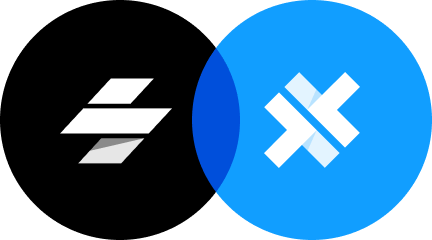Install Capacitor.
Add Capacitor to your project and create a config for your app
npm install @capacitor/core @capacitor/cli
npx cap init [name] [id] --web-dir=www
Build native mobile apps with web technology and Stencil
Add Capacitor to your project and create a config for your app
npm install @capacitor/core @capacitor/cli
npx cap init [name] [id] --web-dir=wwwThe compiled web assets will be copied into each Capacitor native platform during the next step.
npm run buildCapacitor's native projects exist in their own top-level folders and should be considered part of your app (check them into source control).
npm i @capacitor/ios @capacitor/android
npx cap add android
npx cap add iosWith Capacitor installed, adding calls to native device features is as straight forward as calling other JavaScript methods
import { Component, Host, State, h } from '@stencil/core';
import { Geolocation } from '@capacitor/geolocation';
@Component({
tag: 'geolocation-page',
shadow: true,
})
export class GeolocationPage() {
@State() loc = null;
async getCurrentPosition() {
const loc = await Geolocation.getCurrentPosition();
this.loc = loc;
}
render() {
return (
<Host>
<h1>Geolocation</h1>
<p>Your location is:</p>
<p>Latitude: {this.loc?.coords.latitude}</p>
<p>Longitude: {this.loc?.coords.longitude}</p>
<button onClick={() => this.getCurrentPosition()}>
Get Current Location
</button>
</Host>
);
}
}This is only the beginning. Learn more about the Capacitor development workflow or using more native APIs .